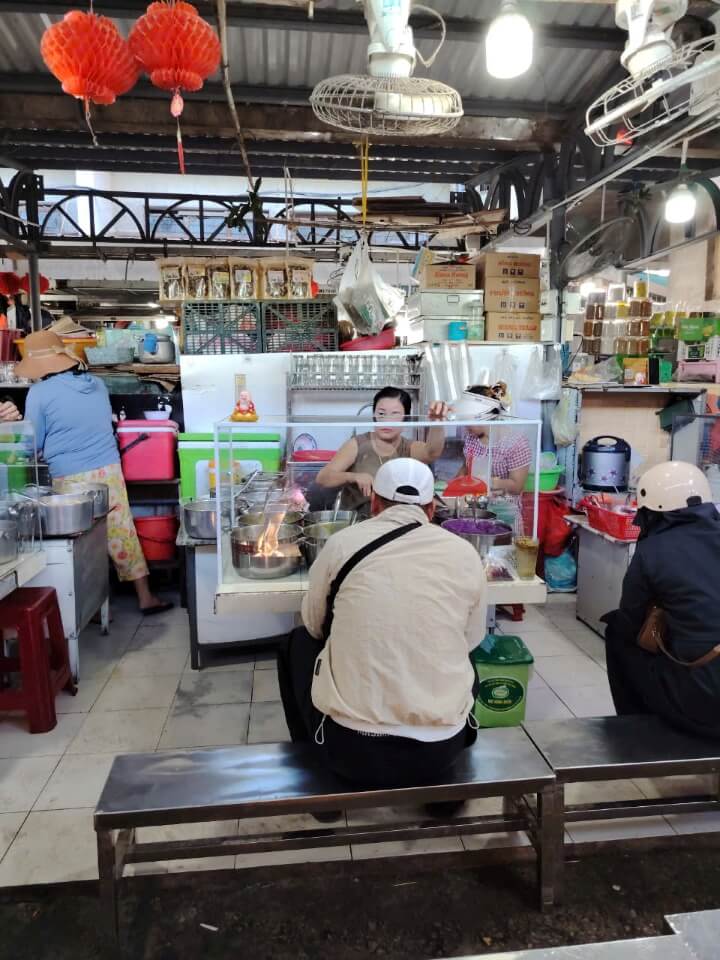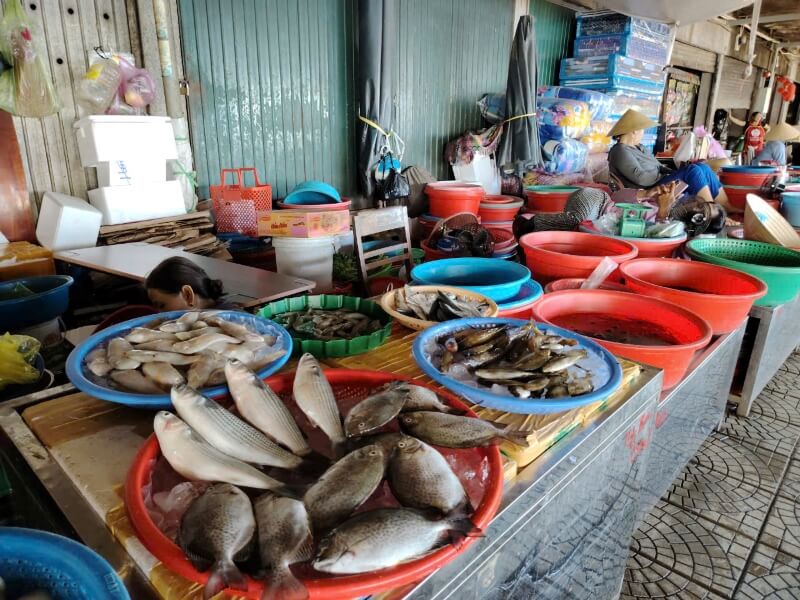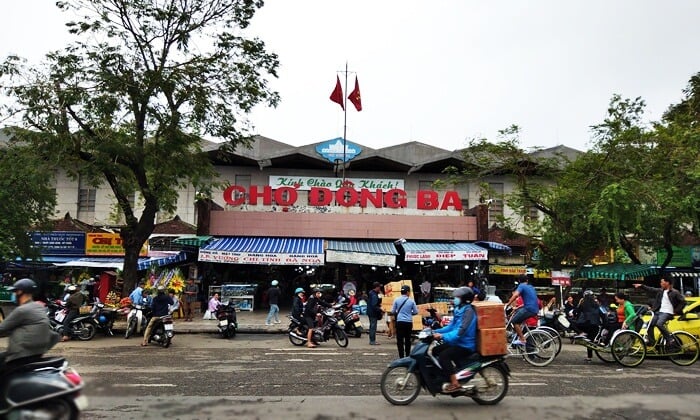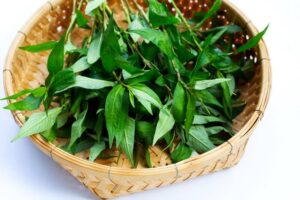Many people believe that if you want to learn about the life, culture, and customs of a region or a certain village, you should go to the local market. The reason is that the market is the most complete expression of an area’s socio-economic and cultural life.
The market culture in Vietnam has changed greatly during the integration and development process. However, it still retains its basic features as a place for trade, exchange, purchase, and sale of goods, an area to preserve many cultural characters, a site to connect the community, and a living space associated with the lives of workers.
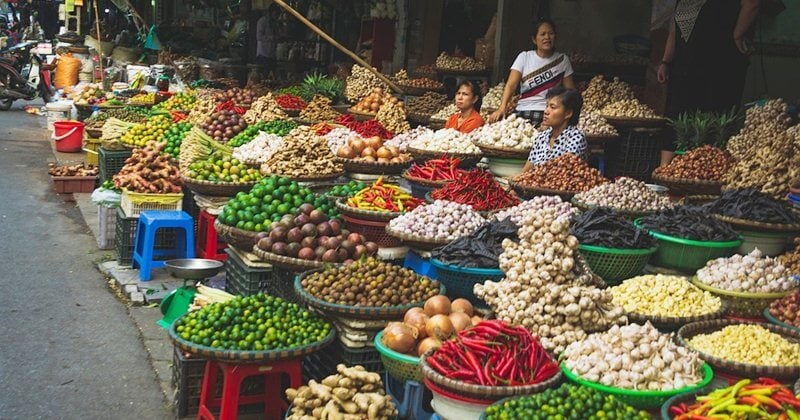
Here are the details of the market culture in Vietnam to note when searching Vietnamese culture.
1. Buying and selling local products
The markets are a great place to introduce local products, especially in villages. Because of the habit of small farming, indigenous people have many things in their gardens, and they will sell them when they do not use them all.
Thus, when you go to the local markets, you can find different items, primarily Vietnamese vegetables and fruits. The indigenous people have contributed to making the market diverse with local products. As a result, most farming things are not labeled, but people often know their origins.
Nowadays, trade and exchanging goods are much better, so the rural markets do not lack industrial products and agricultural items from other regions in Vietnam. Since then, it has created various choices for local people when shopping.
Therefore, everyone going to the market needs a little skill to differentiate between local agricultural products and those from other areas. One outstanding feature is that local products are green, seasonal, and usually only available in small quantities.
2. Meeting and chatting with each other
The market is not only a place for trading but also an area where people can meet and chat with local people.
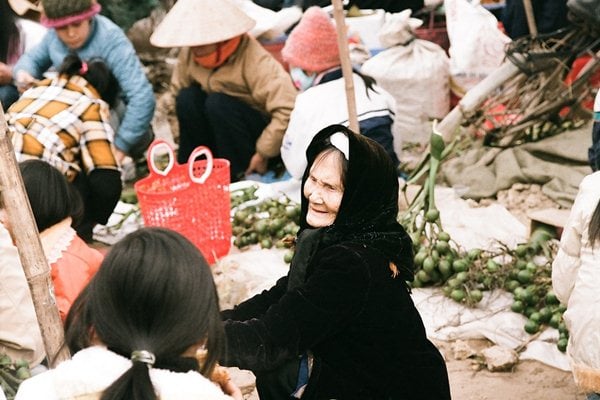
Most Vietnamese people want to go to the market, sometimes not to buy goods, but just to look at the items, watch people, experience the excitement, and meet acquaintances.
Plenty of the locals in the countryside in Vietnam want to go to the market every day. Some of them typically bring a few goods to the market to sell, only a few, and every day is the same.
Ultimately, they do not have to sell it; that is an excuse to go there to meet friends. You can see familiar images in most countryside markets; many women wear traditional Vietnamese hats, sit together, and talk.
They tell stories from the beginning of the village to the latest news; they all bring everything to discuss and exchange. They all just want the market to be fun.
3. Finding a half for love
Not only does the market stop at the daily exchange of stories, but it is also a site to exchange love between boys and girls, to find the ideal lover for themselves.
This specific event usually takes place in some mountainous markets, especially the Bac Ha market in Lao Cai (a province in Northwest Vietnam). The market is held only once a week, and at that time, young people with beautiful clothes go to the market not to buy and sell but to find a lover.
The boys usually show off their talent for blowing flutes, and the girls show their skill for embroidery through the clothes worn on their bodies. Both of them play together such as traditional games of throwing balls and swings, for them to find half of their lives.
These uniquely attractive love markets gather plenty of people. Although today, the active style of these markets is reduced more or less because of better communication (ex, phone), they still go on in the mountains.
Therefore, the markets have become a place that attracts many tourists. Not only boys and girls but also older people come there to trade, meet friends, chat, and enjoy local food.
4. Showing the friendly behavior of local people
The market culture is most clearly shown in friendly behavior. Most people stay in the same village or town, so they already know each other.
Because of the acquaintance, the seller does not ask a too high price, and the buyer just bargains a little bit lower. Both sides are satisfied and happy, so the relationship between the buyer and the seller is quite dear and truthful.
When they end the market, they will tell each other to see them again and to buy in the next day. Just like that, a beautiful culture in the market formed and has lived in life.
The seller and the buyer are happy, and both trust each other. The friends are the customers, so the owners trust the customers as friends. The trading method is very simple and harmonious, imbued with the love of the villagers.
At present, sometimes, due to stressful life, disputes may take place here and there. However, they do not let the conflict get too tense when quarreling.
At the same time, the other market sellers act as solvers to cool down the quarrels. As a result, everyone stays together in the market again.
5. Being happy to buy and sell
As mentioned above, the seller says a different high price, and the buyer says a little lower. But, both feel good buying and selling and receiving joy.
Although the owners do not say the right price, just a little high, it is not untrue, and the buyers’ bid is also not odd. This habit covers a culture of wanting to communicate and interact with others when they bargain.
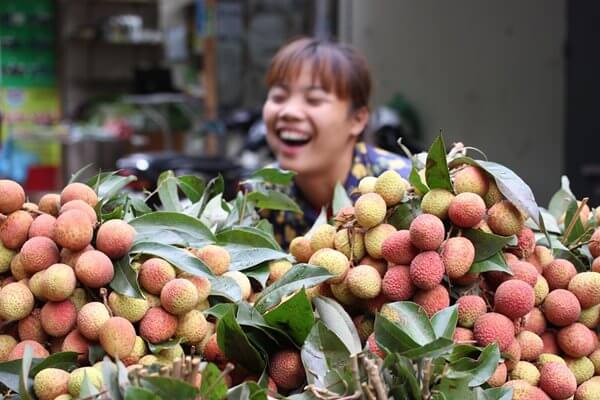
However, due to the development of trade and tourism, many guests come from other places to visit the local markets. Market sellers recognize the visitors visiting and shopping from elsewhere. Thus, they often say higher prices than usual because tourists are usually one-time buyers. Since then, a challenge for a high rate has been formed, which causes misconceptions about market culture: a feature of challenging high prices.
As a result, if you visit some markets, such as Dong Ba Market in Hue City (Central Vietnam) or Ben Thanh Market in Ho Chi Minh, you will have to bargain at a high price.
However, the price is reasonable compared to other local markets, especially in the countryside. The bargaining is sometimes just for fun and only for industrial products and travel items (such as bags or clothes), but for food and drink, no one bids the price.
6. Gathering local cuisine
The market is not only for shopping and sightseeing; it is also a place where people can enjoy local food and learn more about Vietnamese cuisine.
From the countryside to the city and from plains to mountains in Vietnam, nearly any market has areas dedicated to selling indigenous food. Typically, there is a food market near the Old Town of Hoi An and a street food market in Saigon near the Ben Thanh Market.
When going to the market, some people want to eat a cup of iced sweet soup on a hot day. Others like to taste fragrant pho or fresh rolls. Depending on each region, you can smell, watch, and try the unique local flavors every time you go.
However, if you are a foreign tourist, you should pay attention to ready-to-eat food in the markets because of hygiene issues.
7. Indicating the organization
They trade with friends and sell as groups, which shows how markets are organized in Vietnam. The management department divides the market area into small sections. At each part, a kind of product is displayed, such as home appliances, clothing areas, green vegetables, fish sales, butchers, fresh local fruits, and a food court.
This cultural style affects the Vietnamese people’s business organization method, clearly showing the centralized trade habit. In the Hanoi Old Quarter, there are 36 streets, and each street specializes in the business of a specific type of product.
This cultural feature attracts plenty of foreign tourists. Many guests wonder how people can sell items in the same place.
Vietnamese consumers have a habit of remembering which area sells what. They only need to go there to buy. For example, they need vegetables to go to the vegetable section. Once there, they can compare the quality by going through many stores; whichever is better, they will stop buying.
Therefore, selling the same items in the same place is convenient for people who want to go shopping.
8. Denoting the development of the local economy
When you arrive at the market, you can see how much that locality is growing. If the market has a variety of goods, the life of the locals is rich and well-equipped. On the contrary, any land is still backward, poor, sparsely populated, and difficult to live in; the market is quiet.
The all-day market shows a strong demand for commodity trading and a prosperous life. This feature is easily seen in city markets. In contrast, for rural life in agriculture and fishing, the need for a half-day market is sufficient.
For upland markets, meetings only happen once a week or even once a month. Sometimes, the opening time is from midnight to late afternoon the next day.
Initially, it was purely a place to exchange the products of the people in the village or neighboring villages, including fabrics, specialty vegetables, or staple foods like corn and potatoes. In addition, it was also an opportunity for boys and girls from different villages to have time and a chance to meet and find their love.
In addition to local markets, wholesale markets are an indispensable part of Vietnamese life. Although the market is only held for a short time and sells certain items, the amount of goods exchanged is quite large, fast, and powerful.
The trading style of wholesale markets is also different from that of popular ones. People buy and sell faster, and the stage of the bargain is less but highly decisive. Buying and selling at wholesale markets do not bring elements of sentiment or exchange feelings, and they strongly show the imprint of the market economy.
Wholesale markets often open for a short time, like vegetable markets that usually happen from midnight to 3:00 am or 4:00 am, and Thanh Ha Fish Market in Hoi An – which is crowded from 5:00 to 5:45 am, other seafood markets on the beaches that open only 1 to 2 hours, or the fish market on Tam Giang Lagoon in Hue at 4:00 am – 5:00 am.
This type of market happens quickly because wholesale markets have specific features for the places where goods are transshipped to other areas. Although these markets have a short time, the purchase quantity is large.
The unique culture shows the national spirit through the markets, becoming a tourist attraction to explore and learn about the country and people of Vietnam.
Visiting local markets is also a time when people are immersed in the expressive nuances of Vietnamese culture and experience its colorful culture.

